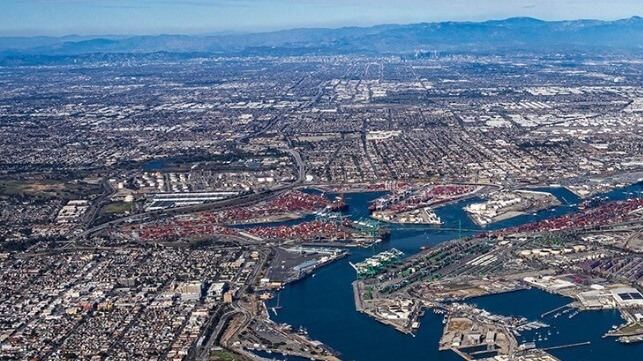LA Refinery Closure Adds Long-Haul Demand for Product Tankers in Pacific

Phillips 66 has announced plans to close its refinery in Los Angeles, a sprawling 100-year-old facility adjacent to the San Pedro port complex. The decision takes about 140,000 barrels per day of refining capacity off the California market, and it will prompt shifts in tanker routes to replace the lost volume.
The Phillips 66 Los Angeles refinery is a pair of two 650-acre complexes connected by pipeline. The Northwest San Pedro site is next to the Port of LA; the second refinery site is in Carson, five miles away to the northeast. Both will be closed next year.
The refinery closure reduces California's refining capacity by about eight percent. Phillips said that it would make up the difference from its other refineries, including the Rodeo Renewable Energy biorefinery in the Bay Area, alongside sources outside of its own refining operations.
The closure will affect about 600 employees and 300 contractors. Phillips 66 is working with two commercial developers to look at options for repurposing the properties, and noted that they are strategically located near the San Pedro Bay port complex.
According to energy shipping specialists Poten & Partners, the refinery shutdown will increase the amount of fuel that California imports from East Asian refiners. Domestic tanker capacity is nearly at full utilization, and there is no orderbook for additional U.S.-built tankers at present, so Poten believes that additional shipments from the Gulf Coast to California are unlikely. Instead, the consultancy suggests, the replacement fuel will likely come from the place with the greatest capacity to produce it at a favorable cost - East Asia.
"We will likely see more imports from longhaul suppliers in Asia to satisfy product demand from California. South Korea is by far California’s largest supplier, but Singapore and India are also regular exporters to the U.S. West Coast. China is another potential supplier of refined products to California," noted Poten. "By the end of 2025 and into 2026, these developments could boost product tanker employment in the Pacific Basin."
No comments:
Post a Comment